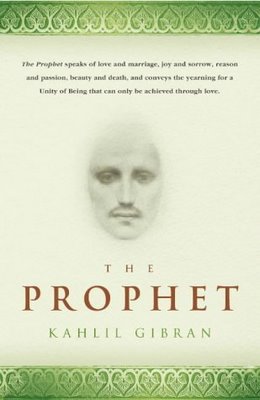
The evolution of any technology can be broken down into six distinct stages:
Innovators - This first stage often also referred to as “cutting edge”, meaning new. Any technology that shows high potential but hasn't demonstrated its value or settled down into any kind of consensus fits into this stage which is crowded with innovators, thinkers and venture capitalists.
Early Adopters – This, next stage, is when the technology is identified by business leaders and visionaries. “Early adopters” may win big, or may be stuck with a valuable possession whose upkeep is excessively expensive and may be useless.
Early majority – In “leading edge” a technology that has proven itself in the marketplace but is still new enough that it may be difficult to find knowledgeable personnel to implement or support it.
State of the art - when everyone agrees that a particular technology is the right solution.
Late majority - still useful, still sometimes implemented, but a replacement leading edge technology is readily available. By now this technology has become a tradition.
Laggards - has been superseded by state-of-the-art technology, rarely implemented anymore.
It has been increasingly noticed that the early adopters find it difficult to trust innovators. Initially, innovators may promise services to early adopters; during the course of time, they may run out of steam or may realize that their innovation does not have what it takes. This could leave the early adopter in a catch-22 situation, where he has to pay for a service yet to be rendered by the innovators.
In spite of this situation why are organizations trying to be early adopters? Being an early adopter involves significant risks as well as rewards. For some, it's a necessity rather than a choice, when they find no mature technology to meet their needs. For others, it's a calculated attempt to save gobs of money. For others still, it's a necessary step to leapfrog larger competitors. Since they are the first client the technology develops according to their own requirements rather than tailoring them later.
According to Gordon Moore, the author of the revolutionary management book Crossing the Chasm, the most difficult step is the transition between visionaries (Innovators) and pragmatists (early adopters). This is the chasm that he refers to.
Escrowing source code can be an optimum solution for the software industry to close the chasm described by Moore. Escrow is best known in the context of real estate. Escrow is a legal arrangement; when a home or property changes hands, the seller of the property transfers the property title to the escrow agent. Similarly, the buyer either transfers funds or has a bank transfer mortgage proceeds to the escrow agent. When all conditions of the purchase agreement are met, the escrow agent assigns the property title to the purchaser and distributes the funds to the seller. Nowadays escrow companies are also commonly used in the transfer of higher value properties in relation to person to person auctions (eBay).
On the same lines, the early adopter can deposit money with an escrow agent and the innovators get paid as and when services are released to the early adopter. Since the innovators are hungry and aggressive they would deliver the service. Thus making sure both the vendor and the adopter have a rainbow at end of the horizon.






